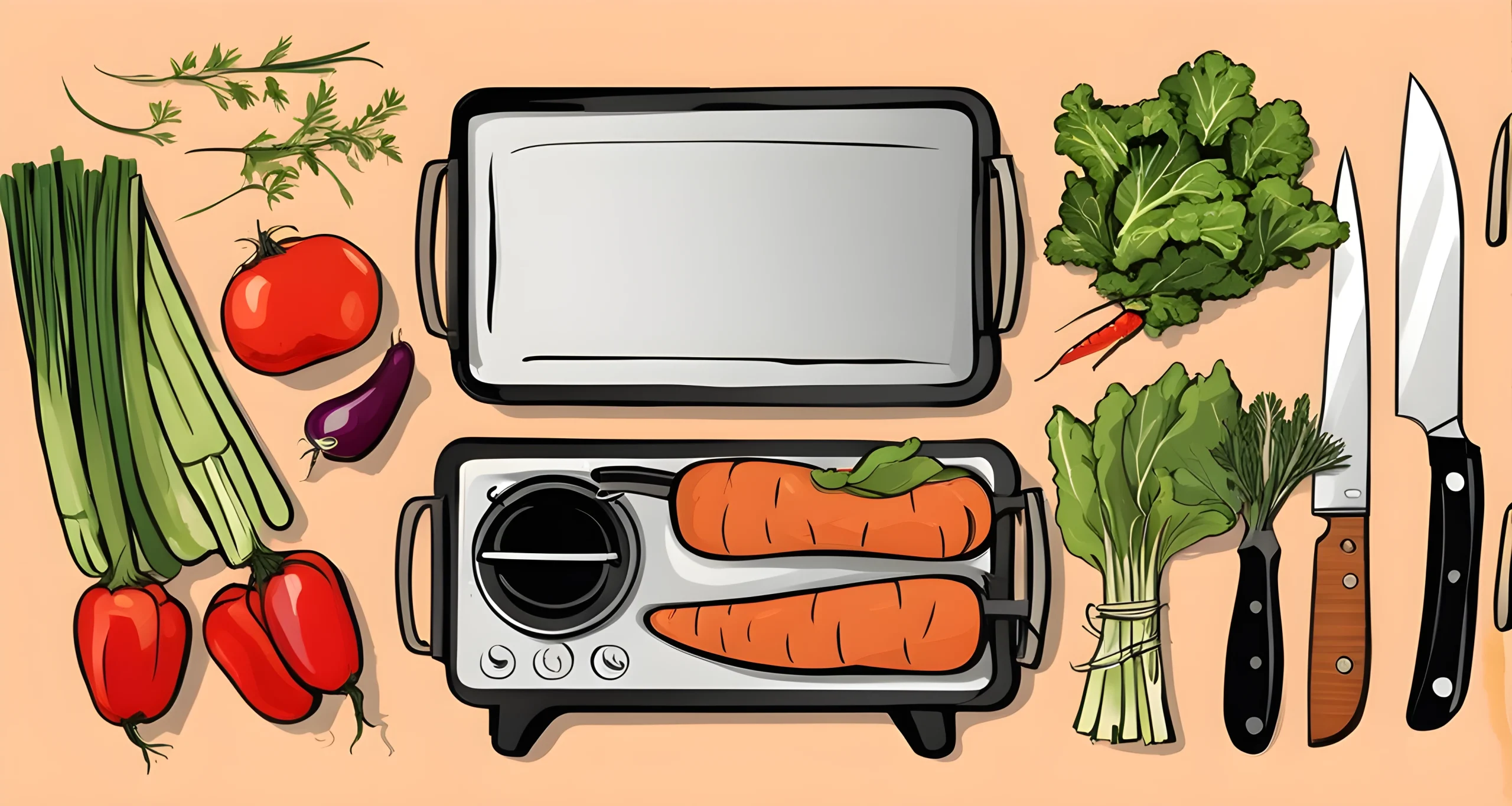Introduction
Traveling can be an exciting and enriching experience, but it often comes with the challenge of staying within a budget while still enjoying delicious meals. One cost-effective and healthy way to sustain yourself during your trip is to cook your own meals. This approach not only helps you save money but also allows you to have more control over the ingredients you consume. Before starting your cooking adventure, it’s crucial to assess the kitchen facilities at your accommodation and plan your meals accordingly. By researching average costs and creating a detailed travel budget spreadsheet, you can determine how much you can allocate for groceries and dining out.
Cooking on the Go
Cooking while traveling doesn’t have to be stressful – in fact, it can be quite simple and enjoyable. Here are some key tips to make cooking while traveling a breeze:
- Assess Kitchen Facilities: Take stock of what’s available in the kitchen at your accommodation before planning your meals.
- Plan Your Ingredients: Decide what ingredients you need to buy to avoid unnecessary purchases and minimize waste.
- Budget-Friendly Meals: Look for budget-friendly recipes that are easy to prepare with minimal ingredients.
Making Informed Choices
When choosing your destination and duration of stay, it’s important to consider how feasible it is to cook your own meals. Researching average food costs at your chosen location will give you a better understanding of whether cooking or dining out is the more cost-effective option. Creating a detailed travel budget spreadsheet will help you allocate funds for groceries, dining out, and other expenses. By refining your budget with expense categories and making adjustments as needed, you can ensure that cooking while traveling fits seamlessly into your overall travel plans.
By following these tips, you can make cooking while traveling simple, stress-free, and delicious while staying within your budget. For more tips on affordable on-the-go eats, check out Affordable on-the-go eats.
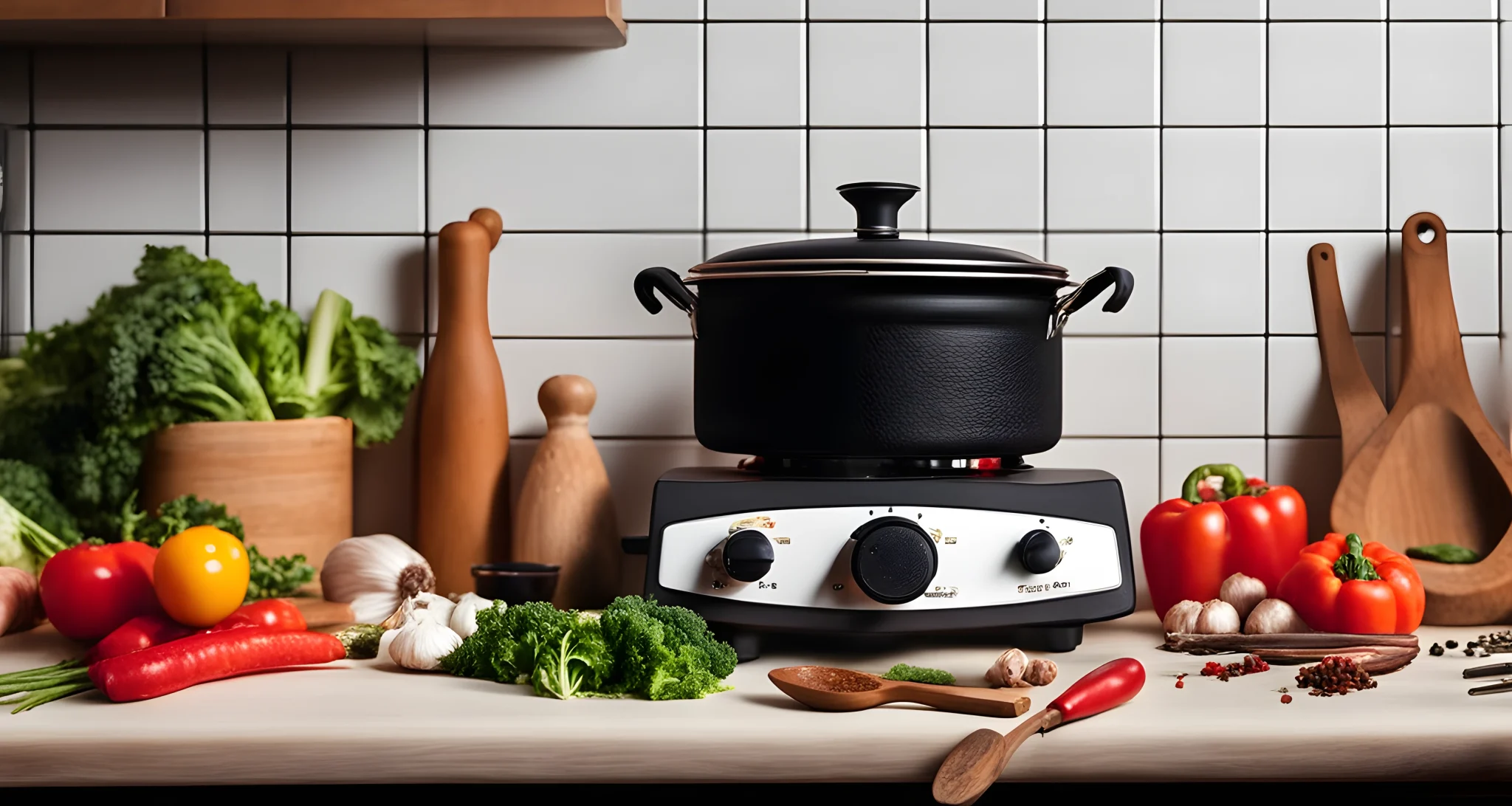
Choosing Your Destination and Duration
When planning your trip, it’s important to consider the availability of kitchen facilities in your accommodation. This can have a significant impact on your ability to cook your own meals and save money while traveling. Here are some tips for choosing your destination and planning the duration of your trip:
-
Consider Kitchen Facilities: Look for accommodations that offer a kitchen or at least a mini kitchenette. This will make it much easier to prepare your own meals and avoid the expense of eating out for every meal.
-
Research Accommodation Options: Before booking your trip, research the types of accommodations available in your desired destination. Look for hotels, hostels, or vacation rentals that offer kitchen facilities.
-
Plan Your Duration: When deciding how long to stay in a particular destination, take into account the availability of kitchen facilities. If you’re planning a longer trip, having access to a kitchen can be especially important for saving money on food costs.
-
Budget for Longer Stays: If you plan on staying in one location for an extended period of time, consider budgeting for groceries and cooking supplies. This will allow you to take full advantage of any kitchen facilities available in your accommodation.
-
Consider Alternative Accommodations: In some cases, staying in a budget accommodation with kitchen facilities could allow you to extend your trip or visit additional destinations. For tips on finding affordable lodging options, check out Cheap lodging advice.
By considering the availability of kitchen facilities when choosing your destination and planning the duration of your trip, you can make it easier to cook your own meals and stick to a budget while traveling. This simple strategy can help you save money on food costs and make the most of your travel experience.

Researching Average Costs
When planning to cook your own meals while traveling, it’s essential to research the average costs of groceries and food in the area you are visiting. This will help you create a realistic budget for cooking your own meals and ensure that you have enough funds set aside for food expenses.
Local Markets and Grocery Stores
- Look for local markets and grocery stores in the area you are traveling to. These can be great places to get an idea of the prices of essential ingredients and meal items.
- Visiting these places in person can give you a better understanding of the cost of living in the area, as well as the availability of different food options.
Average Costs
- Research the average costs of groceries and food items in the destination you are traveling to. Websites like Family vacation with kids pointers can provide valuable information on average prices for groceries and dining out.
- Consider looking at specific items such as fruits, vegetables, meat, dairy products, and other essentials that you plan to include in your meals.
Creating a Realistic Budget
- Use the information gathered from your research to create a detailed budget for food expenses during your trip. This will help you plan how much money to allocate for groceries and cooking your own meals.
- Factor in any additional costs such as dining out or trying local cuisine, but focus on creating a budget that prioritizes cooking your own meals.
By researching the average costs of groceries and food items in the area you are traveling to, you can make informed decisions about your food budget. This will also help you identify any potential cost-saving opportunities and ensure that you have enough funds set aside for cooking your own meals while on the road.
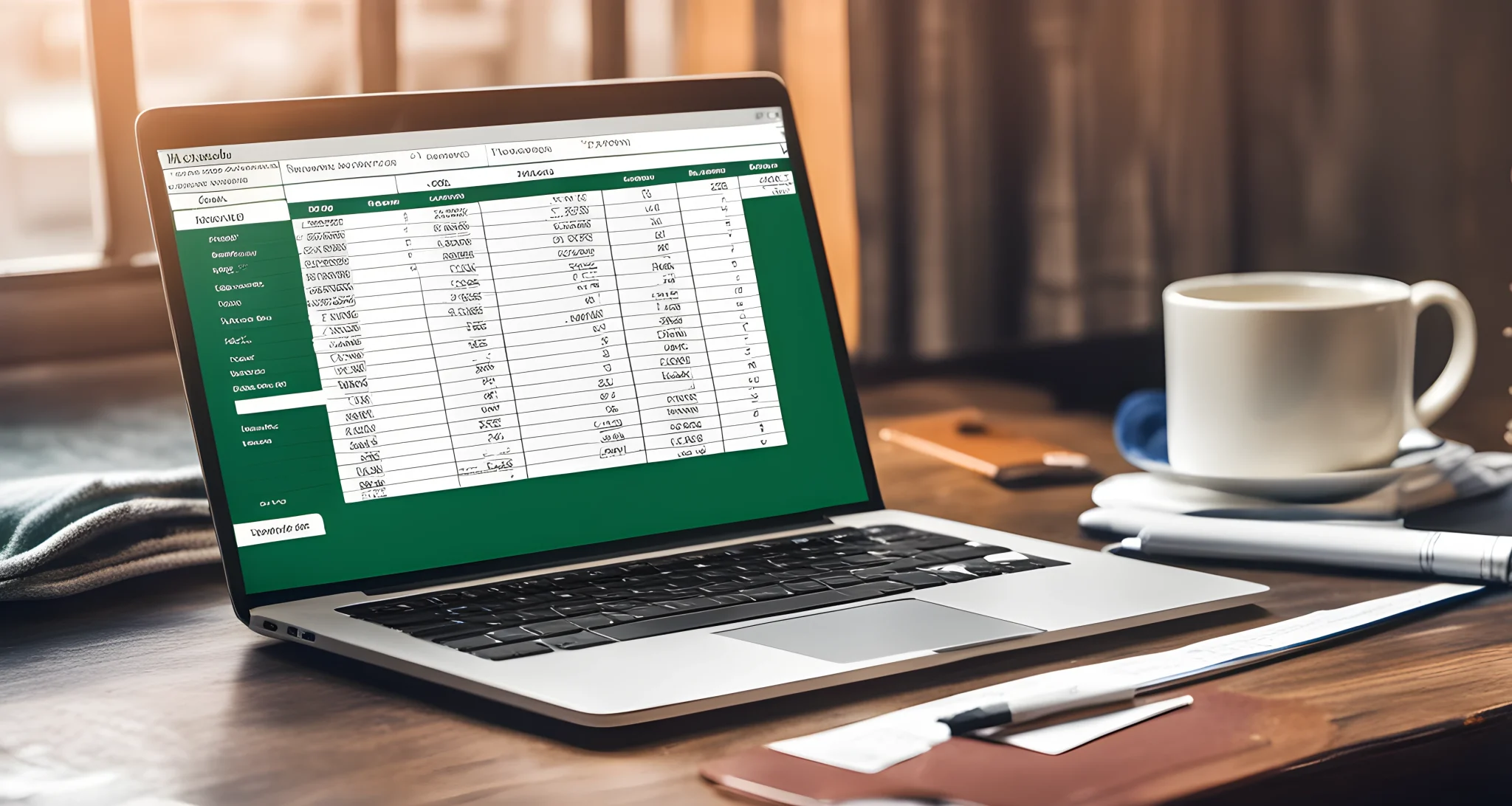
Creating a Detailed Travel Budget Spreadsheet
When planning a trip, it’s essential to create a detailed travel budget spreadsheet to keep track of your expenses and allocate funds for cooking your own meals. This will help you stay on top of your finances and make the most of your travel experience. Here are some tips for creating an effective budget spreadsheet:
Categories for Expenses
- Groceries: Allocate a specific amount for groceries, including fresh produce, pantry staples, and any other food items you plan to cook during your trip.
- Dining Out: Set aside a separate budget for dining out at restaurants or cafes. This will help you enjoy some local cuisine without overspending.
- Kitchen Supplies: Include a category for any kitchen supplies you may need to purchase, such as cooking utensils, Tupperware, or spices. This will ensure that you have everything you need to prepare your own meals.
Researching Average Costs
Before creating your budget spreadsheet, it’s important to research the average costs of groceries and dining out in your chosen destination. This will give you a realistic idea of how much to allocate for each category.
Utilize the Spreadsheet
Use a digital spreadsheet or budgeting app to organize your expenses. This will allow you to easily input your spending and track your budget in real-time. You can also use formulas to calculate totals and monitor how much you have left in each category.
Flexibility and Adjustments
Be prepared to make adjustments as needed. If you find that you’re spending more in one category than anticipated, reallocate funds from another category to stay within your overall budget.
Creating a detailed travel budget spreadsheet is an essential step in ensuring that you can cook your own meals while traveling without overspending. By carefully allocating funds for groceries, dining out, and kitchen supplies, you can enjoy delicious homemade meals while sticking to your travel budget. For more tips on cost-effective travel, check out our article on Cost-effective backpacking tips.
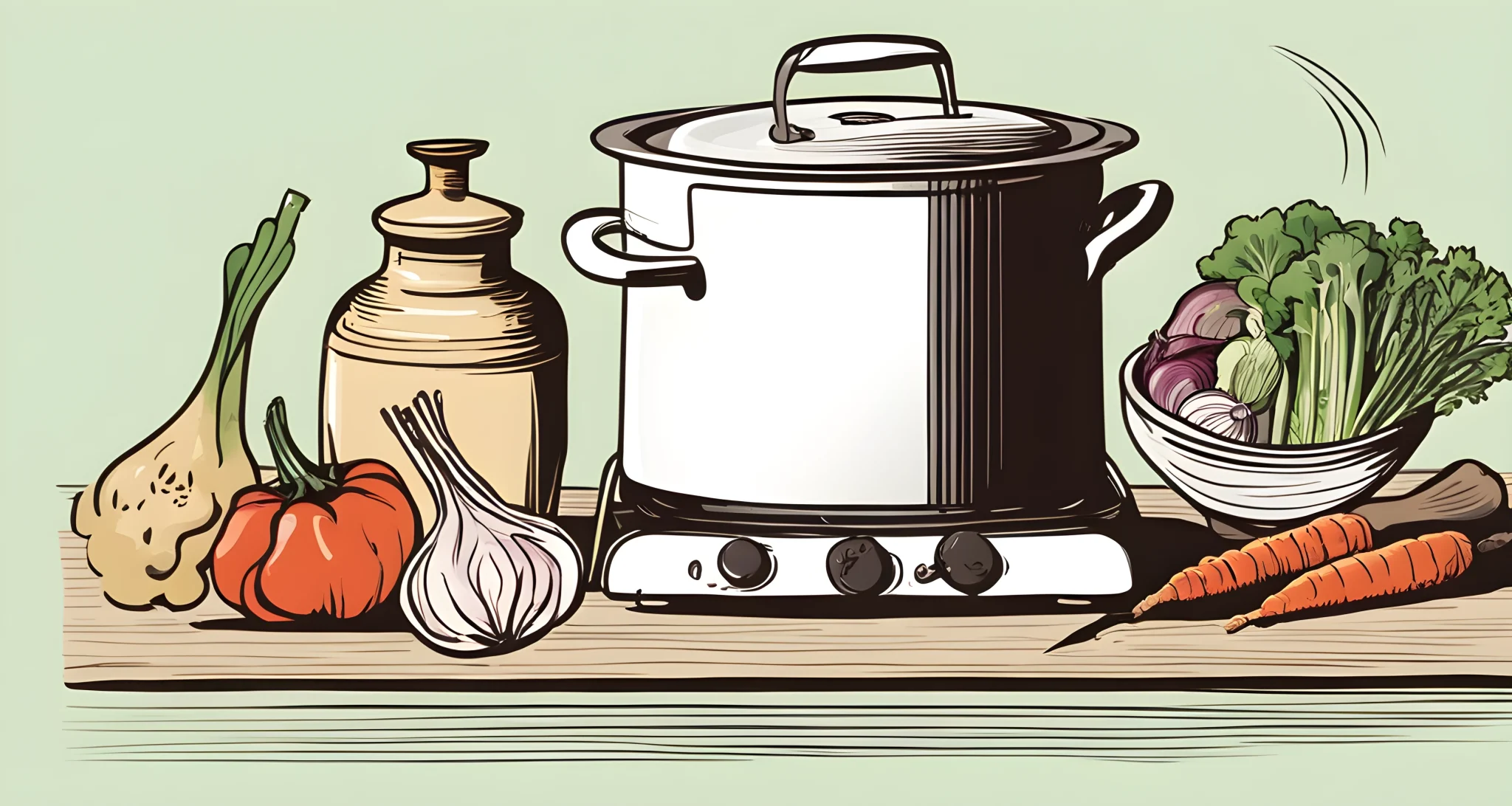
Refining Your Budget with Expense Categories
When you’re looking to refine your budget for cooking while traveling, it’s important to consider breaking down your expenses into specific categories. This will give you a clearer understanding of where your money is going and how much you can afford to spend on cooking your own meals.
Dividing Expenses
Consider dividing your expenses into the following categories:
- Groceries: This category should include all the food items you plan on purchasing for cooking your own meals. Research local grocery stores Money Saving Tips in the area to get an idea of average prices for essential ingredients.
- Dining Out: If you plan on eating out occasionally, allocate a specific budget for dining out. This will help you avoid overspending on restaurant meals.
- Kitchen Supplies: Factor in any kitchen supplies you may need to purchase, such as spices, cooking utensils, or storage containers. These items may seem small, but they can add up and impact your overall budget.
Detailed Budgeting
Once you’ve divided your expenses into these categories, create a detailed budget spreadsheet that outlines how much you can afford to spend in each category. This will help you stay organized and ensure that you’re not overspending in one area at the expense of another.
Adjustments
As you refine your budget, be prepared to make adjustments as needed. If you find that you’re spending more on groceries than anticipated, consider cutting back in another category, such as dining out. Being flexible with your budget will allow you to adapt to any unexpected expenses that may arise during your travels.
By refining your budget with specific expense categories, you’ll have a better understanding of how much money you can allocate to cooking your own meals while traveling. This level of detail will ultimately help you make more informed decisions about where and how to spend your money during your trip.
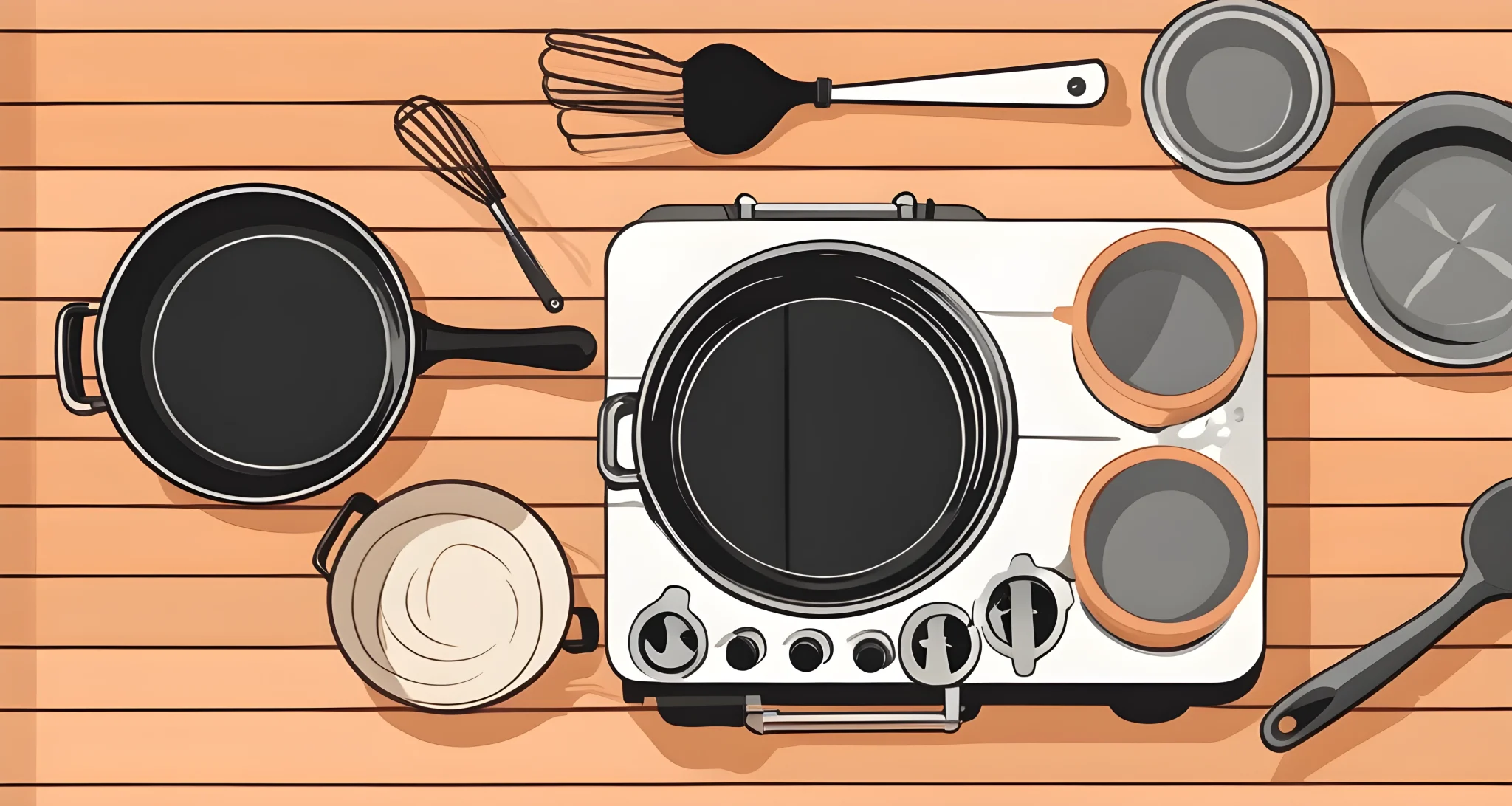
Budgeting by Item or Category
When it comes to budgeting for your meals while traveling, it’s important to allocate funds to specific items or categories to ensure you stay on track with your spending. Here are some tips on how to budget by item or category:
Determine Your Spending Limits
- Decide how much you are willing to spend on groceries, dining out, and kitchen supplies.
- Use Budget-friendly travel ideas to get inspiration for setting realistic spending limits.
Allocate Funds Accordingly
- Once you have determined your spending limits, allocate funds to each item or category.
- For example, if you plan to cook most of your meals, allocate a larger portion of your budget to groceries and kitchen supplies.
Track Your Expenses
- Keep track of your spending for each item or category using a detailed travel budget spreadsheet.
- This will help you see where your money is going and make adjustments if needed.
Make Informed Decisions
- By budgeting by item or category, you can make informed decisions about your spending while traveling.
- For example, if you notice that you are spending more than planned on dining out, you can adjust your budget accordingly.
Stay Flexible
- It’s important to stay flexible with your budget and be willing to make adjustments as needed.
- If you find that you are overspending in one category, look for areas where you can cut back in order to stay within your overall budget.
By budgeting by item or category, you can make informed decisions about your spending while traveling and ensure that you stay within your budget. With careful planning and tracking of expenses, you can enjoy delicious meals while also being mindful of your finances.
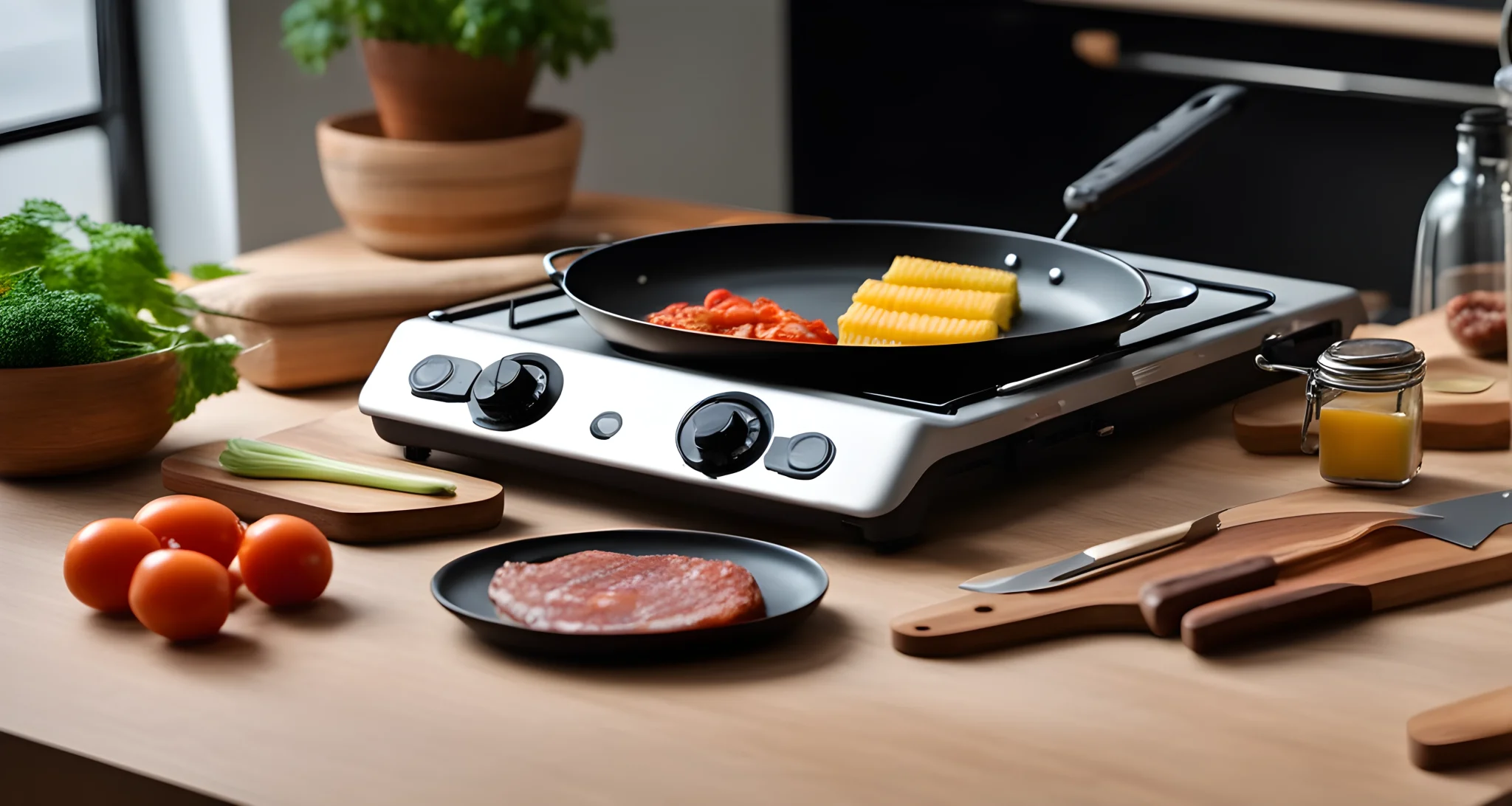
Making Adjustments as Needed
When it comes to budgeting for your travels, it’s important to be flexible and adaptable. Despite your best efforts in creating a detailed travel budget, unexpected expenses can still arise. This is why it’s crucial to make adjustments to your budget as needed based on your actual expenses and any unforeseen costs.
Stay Flexible
- Keep track of your spending and compare it to your initial budget. If you find that you are spending more on dining out than planned, consider reallocating funds from other categories to cover your meals and cooking expenses.
- Remember that the goal is to stay within your overall budget, so be open to moving funds around as necessary.
Reevaluate Your Priorities
- If you find that certain activities or purchases are costing more than anticipated, reassess whether they are worth the expense or if there are alternative options that align better with your budget.
- Consider cutting back on non-essential expenses in order to allocate more funds towards necessities like food and accommodation.
Plan for the Unexpected
- It’s always wise to have a contingency fund for emergencies or unexpected costs. If you encounter an unforeseen expense, tap into this fund rather than disrupting the rest of your budget.
- Additionally, consider setting aside a portion of your budget for unplanned opportunities or experiences that may arise during your travels.
Utilize Resources
- Take advantage of resources like Backpacking on a budget for tips on how to save money while traveling. Learning from others’ experiences can help you refine your budget and make informed adjustments as needed.
By remaining adaptable and proactive in managing your travel budget, you can ensure that unexpected costs don’t derail your plans. Making adjustments as needed will allow you to stay on track financially while still enjoying all the experiences and adventures that come with traveling.
FAQ
What are some easy meal options for cooking while traveling?
Easy meal options for cooking while traveling include pasta with olive oil and salad, fried rice, and pre-made soup with bread and cheese.
Why is it important to use local ingredients while cooking during travel?
Using local ingredients allows you to experience the local flavors and cuisine, enhancing your overall travel experience.
How can i make the most of the kitchen tools at my accommodation?
Make the most of available kitchen tools by utilizing appliances like ovens for cooking meals like roasted chicken or baked potatoes.
What is a helpful tip for meal planning while cooking during a trip?
A helpful tip for meal planning is to prepare meals that can be reheated or used in multiple dishes to save time and effort during your travels.
